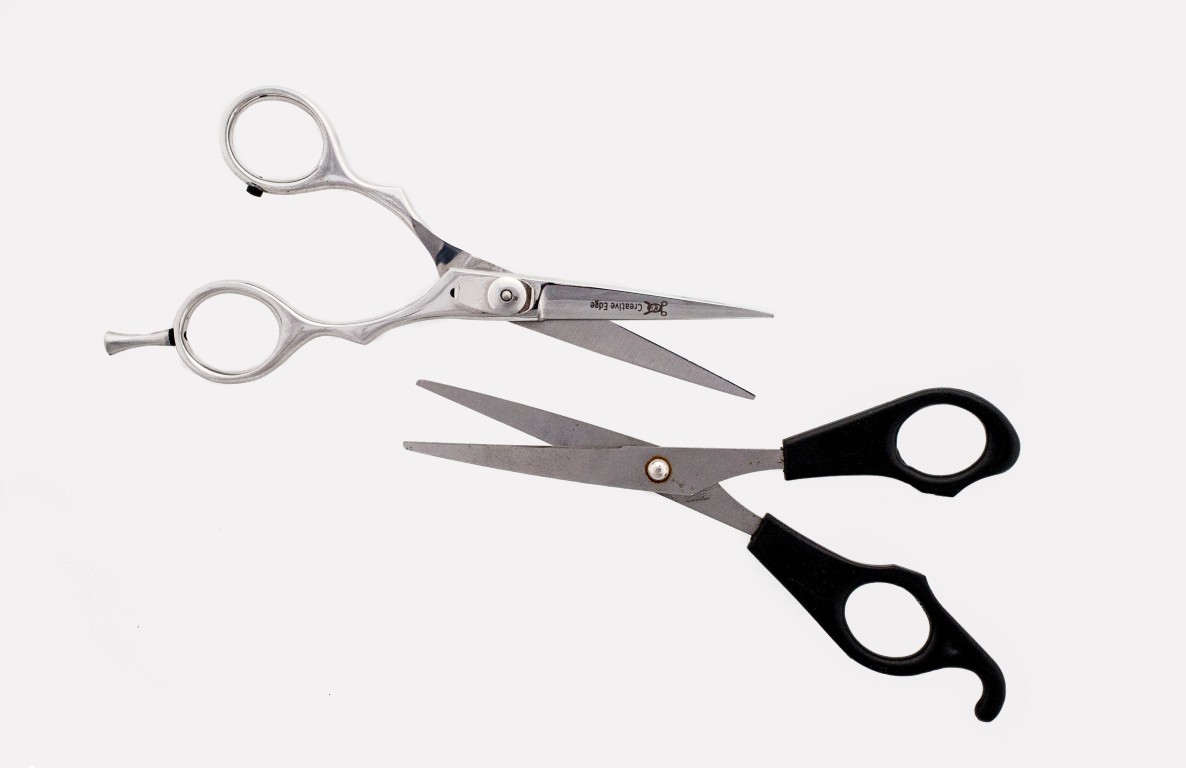Brief notes on what you might want to include in a portfolio:
'Product photography' can cover a very wide range of production values. Aside from those quality / time / cost issues you might break it down in to three general, indistinct types:
A) Product clearly shown in deep focus and almost completely lit on white
B) Product clearly shown in deep focus and almost completely lit in a location or on a set that evokes a location / task / craft / lifestyle etc
C) Product possibly shown in shallow focus and more moodily lit that strongly evokes a location / task / craft / lifestyle etc
Think about where the images are intended for use. Attractive for repinning on Pinterest? Amazon marketplace? Attractive and easy to use for bloggers without jarring with the look of the blog? Fitting in with style of company website? These may require different mixes of A, B and C.
A) is best for Amazon and other shopping engines, and helps bloggers.
B) and C) are good for enticing repins on Pinterest - which is becoming quite important - and sharing on Facebook
Challenges:
Bright and/or shiny items on white background - show that you can show that they are bright and shiny without losing them.
Rounded polished metal, particularly colored metal like brass and copper, and very glossy painted surfaces - particularly dark glossy paint. Show the color, glossiness and shape. Don't light too evenly, but avoid distracting reflections. Make the reflections show shape.
Glass, both curved and flat (showing the flat glass is there, often with a faint partial reflection that isn't overwhelming)
Often a client will want a single image to show a lot about the product, and to go as far as it can go as a replacement for handling the thing itself. Choose your angles well. If necessary, show that you can do believable composites that show the item in two configurations in the same image, even though you only have one sample.
I generally use one large softbox (with 400 W of incandescent lights, unless strobe is necessary for stopping motion or carefully balancing with light coming from the product) and a few silver reflectors, black flags, scrims, white cards.
A few very quick examples, not from a portfolio but from general run-of-the-mill daily work. I can find lots more, or go in to more detail on selected shots, what equipment I use etc if you are interested - though it may take a while.
Only one sample, two configurations:
Showing an item in use, carefully positioning the fingers to show the yellow button, balancing strobe and indicator lights to be natural looking and unPhotoshopped.
Lighting to show handle shape and each facet of each chisel (only one main light, with a few small silver reflectors and flags)
Showing shape and material of handle, and all bevels and concave grinds on the blades (two different, but similar, knives, fake snow and fake pine needles)
















